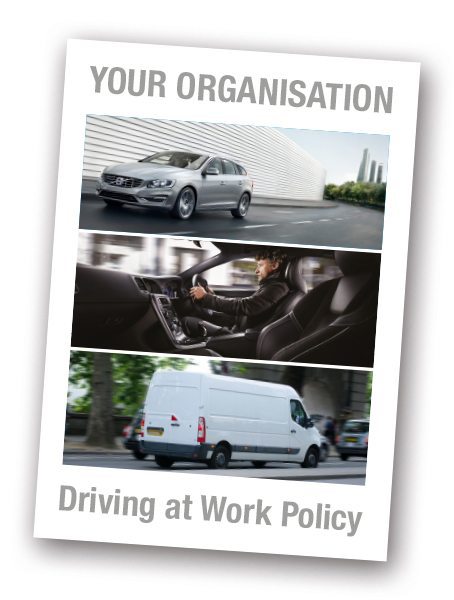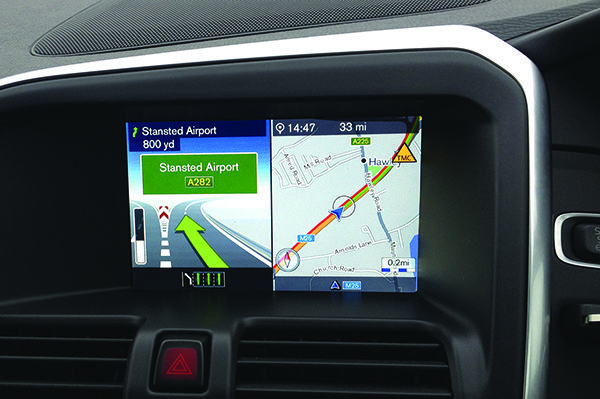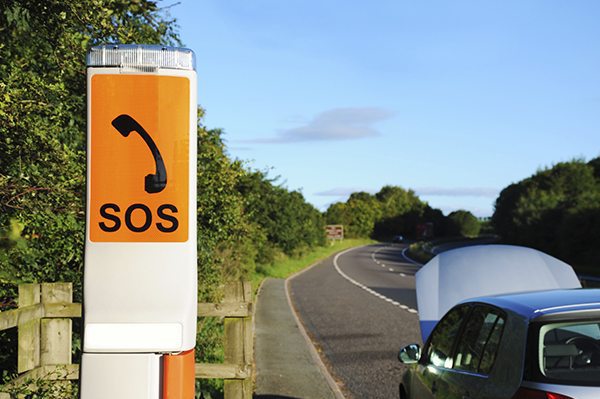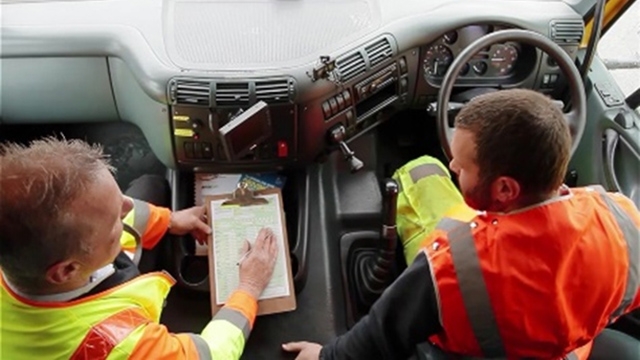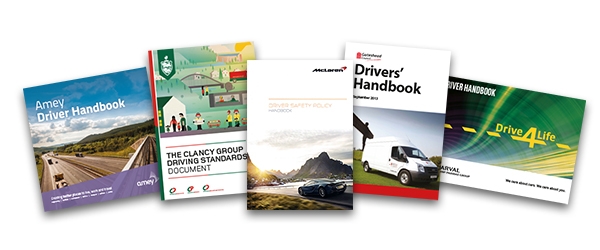Meaningful risk reduction and improvements in business performance rely on a strong culture within the organisation, where people throughout the organisation accept a shared responsibility to ensure work is completed safely and efficiently.
Managing those who drive for work properly means setting out some guidelines so they know what is expected, and communicating them clearly to your drivers.
The right way of working, and the company’s expectations of its staff, are set out in your driving for work policy, a legally required document where all aspects that might affect your drivers are considered.
Check your policy against our free template, or create a driving at work policy from scratch with our online driving policy builder here.
Managing those who drive for work properly means setting out guidelines so they know what is expected, and communicating them clearly to your drivers. Here are some of the key things you should include in your driving for work policy:
Access our good practice Driving for Work Policy Template:
The law says you must have a driving for work policy.
The Driving for Better Business Policy Builder gives you access to a policy template that ensures you meet legal and compliance standards.
Peace of mind, and regular updates when the law changes, or you need to update a section of your policy – just sign up below.


